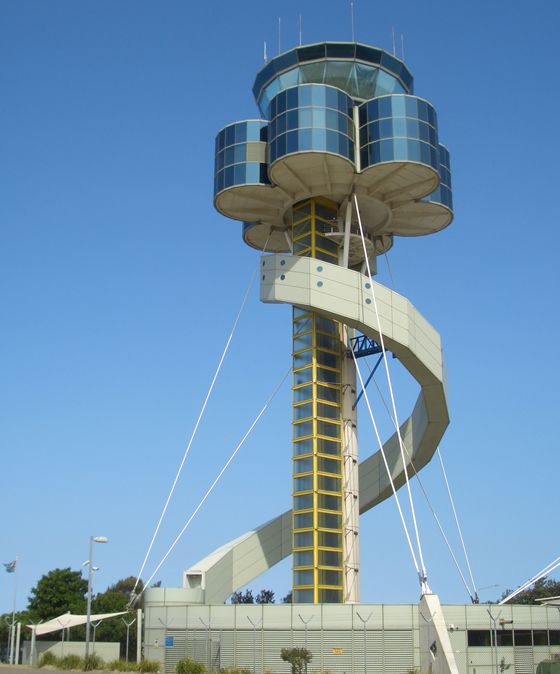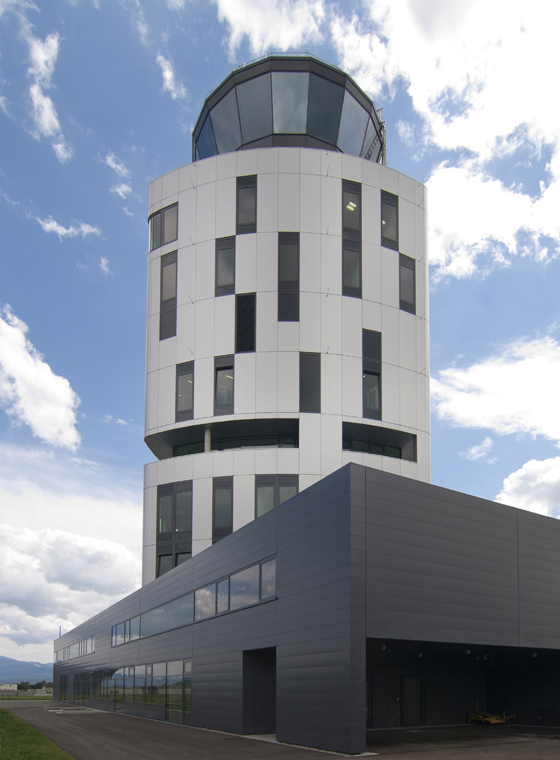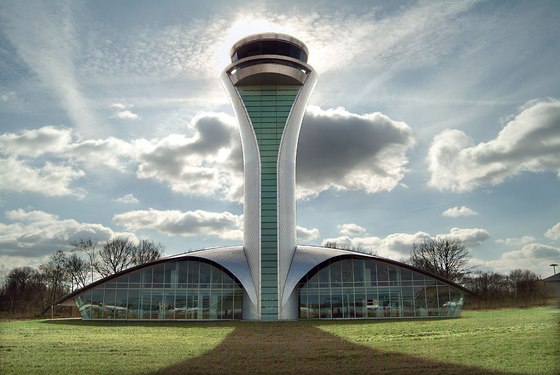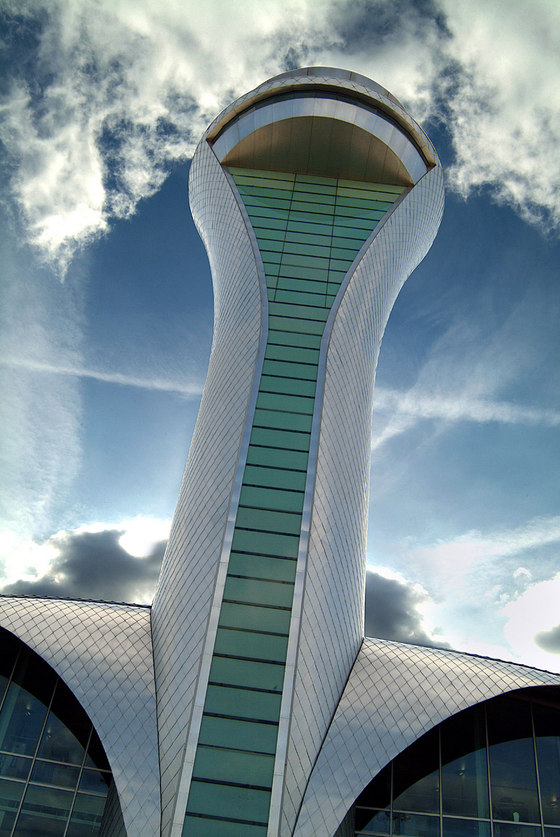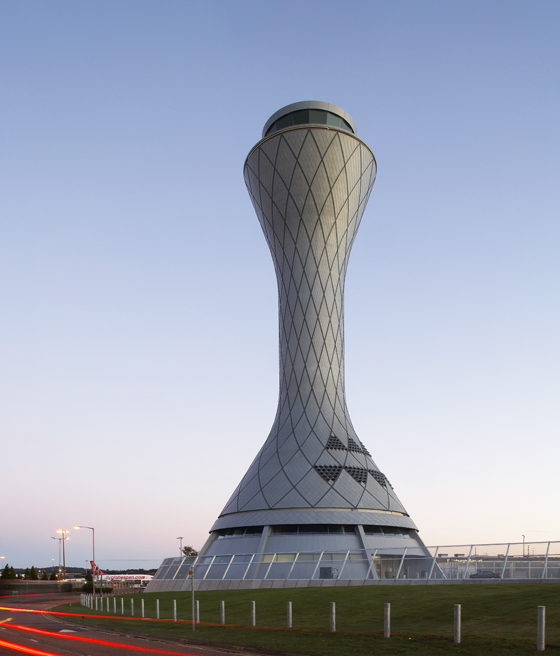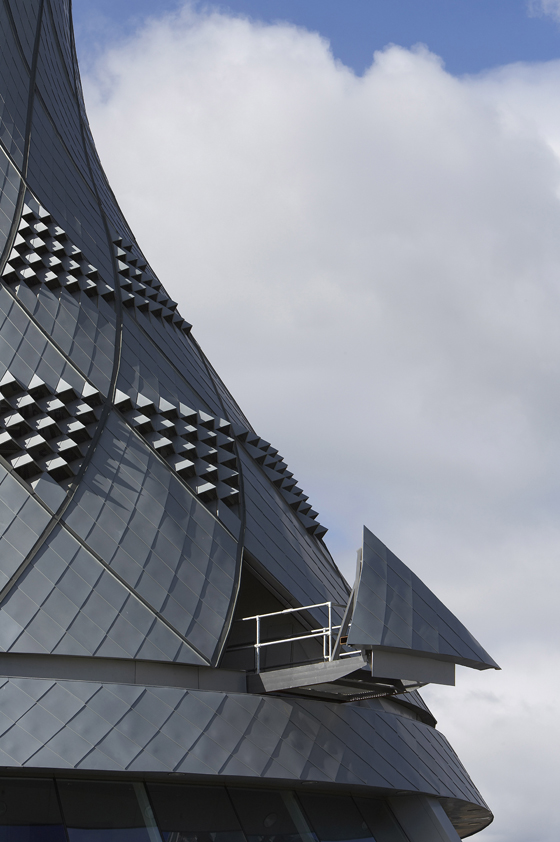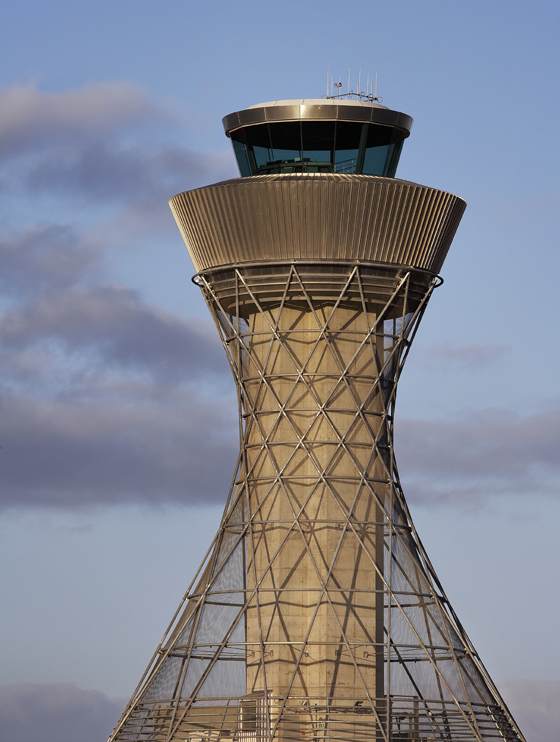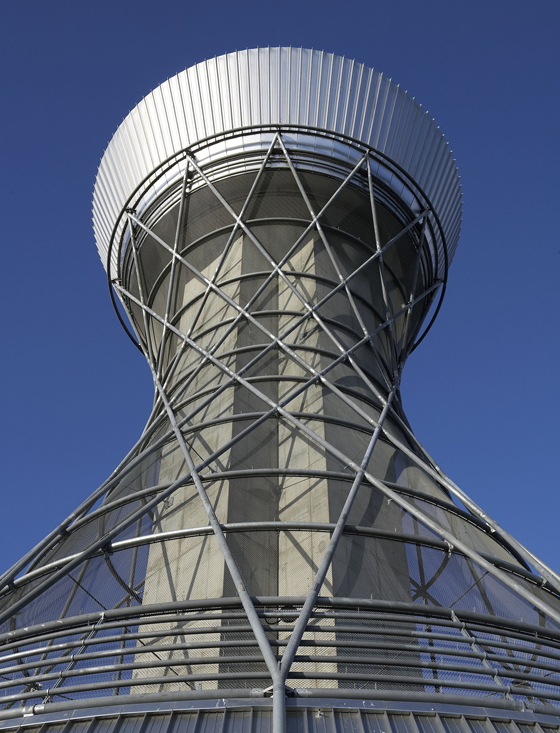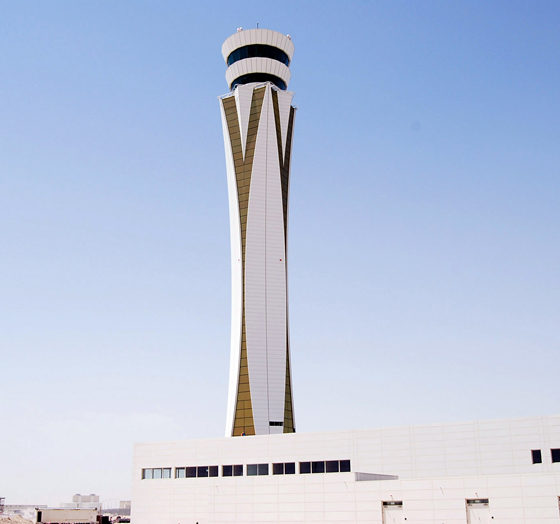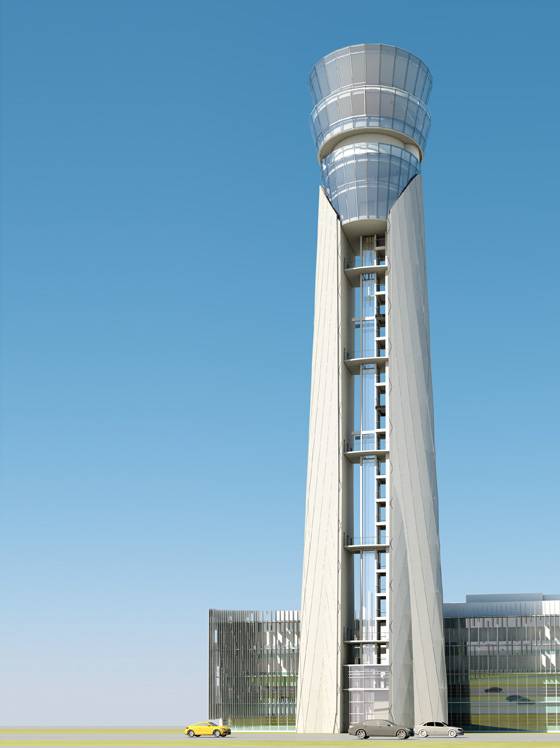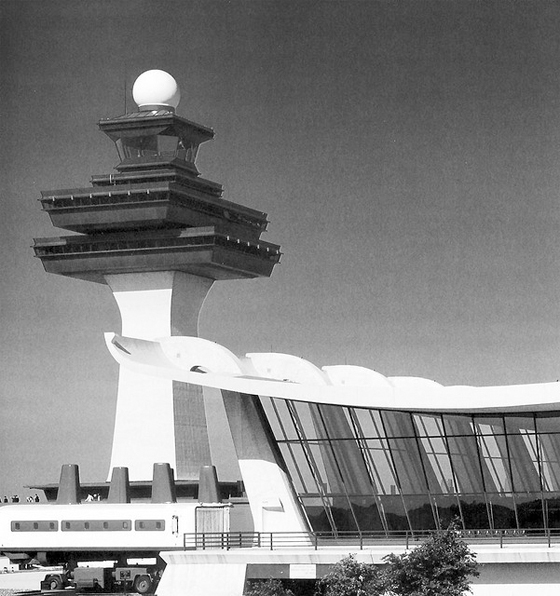Architecture between heaven and earth: extraordinary Control Tower Design
Texto por Susanne Fritz
Suiza
10.11.11
Even if it has become an everyday experience to take a flight in an aeroplane people continue to be fascinated by the act of overcoming gravity. The attraction of aircraft, airports and their infrastructure is accordingly great.
Even if it has become an everyday experience to take a flight in an aeroplane people continue to be fascinated by the act of overcoming gravity. The attraction of aircraft, airports and their infrastructure is accordingly great, as became clear most recently when the A380 was revealed last year and hundreds of people crowded Zurich airport simply to see the aeroplane take off. Even today it is still a sensation to watch the world's biggest civil aircraft in flight.
Air Traffic Control Centre and Control Tower at Vienna’s Schwechat Airport by Zechner & Zechner Architects, Vienna; Photo © Zechner & Zechner
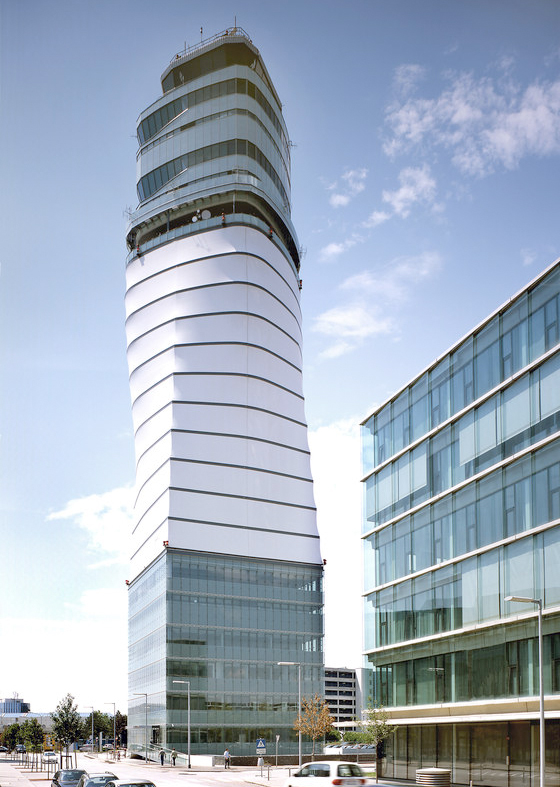
Air Traffic Control Centre and Control Tower at Vienna’s Schwechat Airport by Zechner & Zechner Architects, Vienna; Photo © Zechner & Zechner
×It is not just because of this fascination for aviation that designing an airport is one of the most challenging and prestigious tasks for the architect. A modern airport is one of the most complex construction projects of all because it has to take into account a diverse range of logistical processes and technical (aviation) requirements. In addition the International Civil Aviation Organization (ICAO) has created legally binding international norms covering the planning of airports which cater for international flights. Apart from that an international airport is a gateway to the world – which at the present time means an immense task in terms of security. In a social sense it is also a symbol of national prestige and at the same time a public space which is used by the most diverse nationalities and cultures.
Control Tower at Vienna’s Schwechat Airport, the mebrane is illuminated by night; Zechner & Zechner Architects, Vienna; Photo © Zechner & Zechner
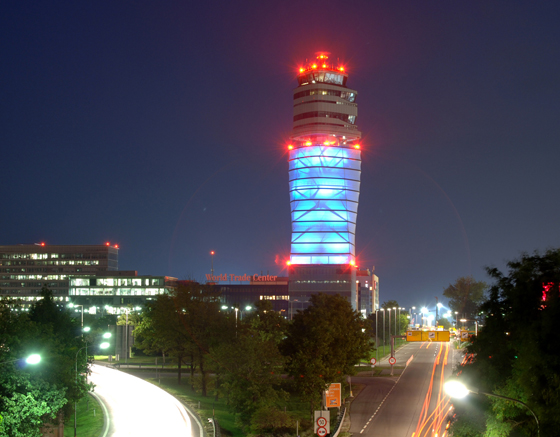
Control Tower at Vienna’s Schwechat Airport, the mebrane is illuminated by night; Zechner & Zechner Architects, Vienna; Photo © Zechner & Zechner
×A contemporary airport complex is a kind of city, containing hotels, office buildings, multi-storey car parks, a railway station, warehouses and retail outlets. An example of this is the Al Maktoum International Airport, which is the core of a residential, office and logistics complex surrounding the airport itself. However, the core of the infrastructure is formed by the terminals, hangars, taxiing areas, runways and the tower. The latter is the communications interface between the air and the ground, with air traffic controllers having to stack, monitor and keep apart aircraft in the air - a demanding task which requires total concentration.
The air traffic control of large aircraft is normally implemented in line with IFR (instrument flight) rules and often takes place via the screens of a central control centre far away from the airport of destination, but as soon as an aeroplane is ready to come into land it is time for the air traffic controllers in the tower to play their part. They take over the aircraft on the screen until it is within visual range and then make sure it lands safely. They also accompany aircraft which are taking off until they are no longer within the airport's control zone.
Farnborough Airport Air traffic control tower, 3dReid, London; photographer: Hufton & Crow
Farnborough Airport Air traffic control tower, 3dReid, London; photographer: Hufton & Crow
The movements on taxiing routes on the ground leading up to the runway are also controlled by the tower. The more extensive an airport is the higher the tower has to be in order to have a view of the entire area. Airports with a large number of flights require a correspondingly large number of air traffic controllers, who all have to sit in a segment of the circle which gives them a view of the relevant section of the sky. Accordingly the size of the tower increases disproportionately to the number of traffic control workstations. Apart from these formal parameters access to the tower must be structured in such a way that it does not interrupted all-round vision. In other words the lift shaft has to end below the upper floor.
Edinburgh Airport Air traffic control tower, 3dReid, London; photographer: Hufton & Crow
Edinburgh Airport Air traffic control tower, 3dReid, London; photographer: Hufton & Crow
The shape of the control tower is therefore always based firstly on a prescribed height in order to ensure a clear view, and secondly on the number of traffic control workstations, which have to be located in a position which overlooks the runways. This generally results in a slender base which contains the infrastructure and the upper section of the tower, in which the workstations are located.
However, there are also examples which diverge from this formal pattern.
In the six-storey base of the control tower at Vienna airport there is an air traffic control centre which follows aircraft movements outside the control zone on the screen.
The tapered central section of the tower is clad in a PTFE membrane which rises to a peak which is displaced by 45 degrees in order to provide an optimum view of the runways. The Zeltweg control tower is also by Zechner & Zechner. The design of the tower is different from the classical form of shaft and head -- in contrast the turret is placed on a multi-storey building, the floors of which are broken up by irregularly positioned window slits.
Edinburgh Airport Air traffic control tower, 3dReid, London; photographer: Hufton & Crow
Edinburgh Airport Air traffic control tower, 3dReid, London; photographer: Hufton & Crow
The control towers of the airports in Newcastle and Edinburgh have a sculptural look in that the base containing the infrastructure has been clad by 3dReid, the architects, in aluminium shingles which merge the conical base and its office space with the flight station to create a harmonious unit.
In Newcastle 3DReid designed the conical form in the shape of a contour made up of steel cables which enclose the tower and give it an elegant silhouette.
At Farnborough Airport the tower grows upwards like a cone out of a wing shaped base. Instead of the usual 6 to 8 sections the panorama windows have been divided into 16 panes, which gives even better all-round vision.
Control Tower Al Maktoum International Airport, Dubai
And unparalleled view of the surrounding area will be provided by the new control tower for Indira Gandhi International Airport, New Delhi. With its height of over 100 m it towers over its surroundings and will be one of the highest control towers in Asia. The initial blueprints show an elegant, slender structure.
Rendering of project for Delhi Control Tower, HOK architects
The Dulles Airport Control Tower by Eero Saarinen is not slender but it is an icon. It has the kind of square flight station which used to be very widespread. By means of a simple modification in form Saarinen gave the tower its special look, staggering the different levels in the upper section of the control tower against the tower shaft.
Saarinen's tower no longer meets present-day technical requirements because the immense growth in aviation traffic required the building of new runways and a control tower in a more central position. However, from an architectural point of view it bears valuable witness to the early days of commercial passenger aviation.
